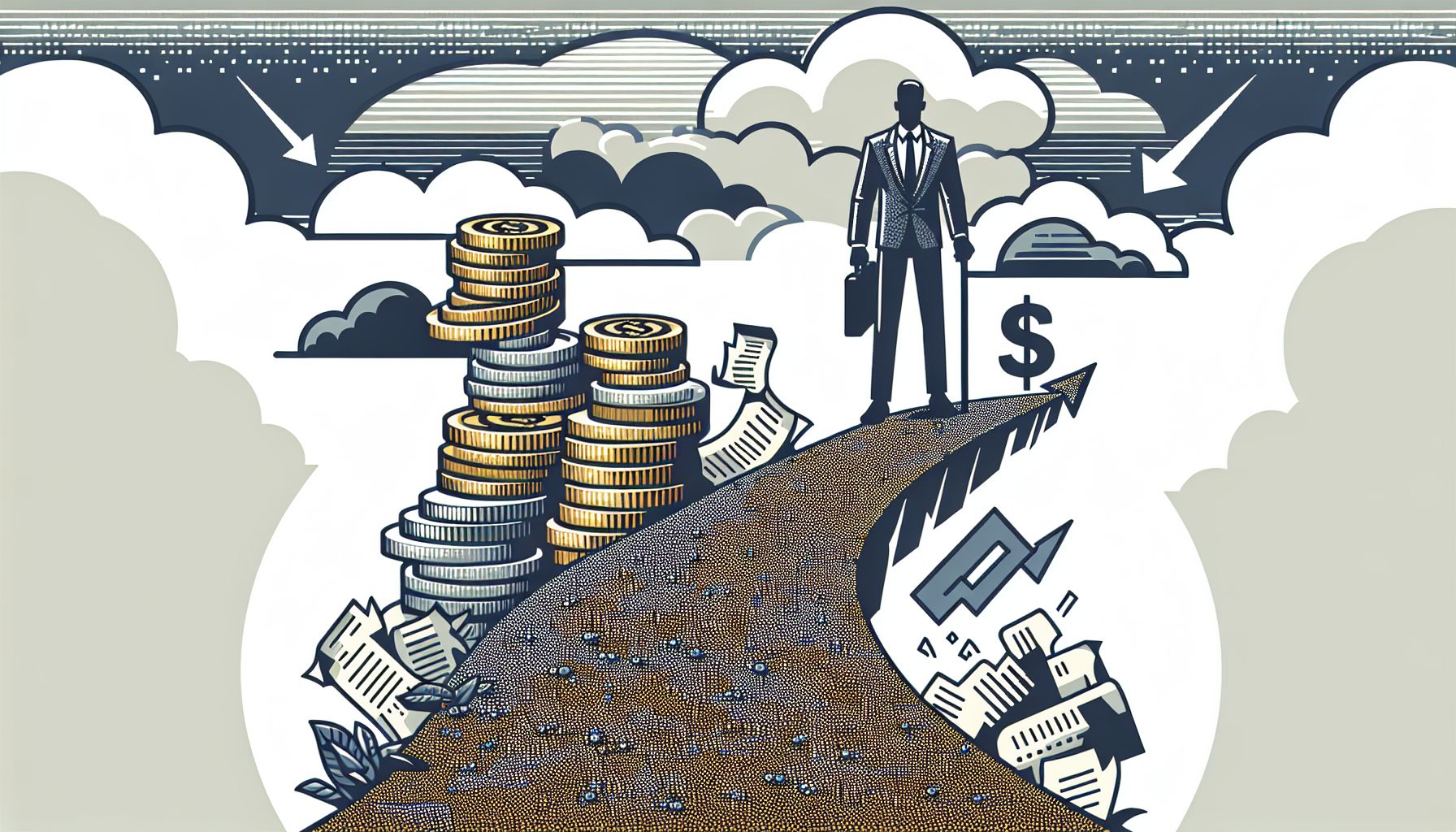Fed Chair Sounds Alarm on Unsustainable U.S. Economic Path

Washington, D.C., Tuesday, 12 November 2024.
Federal Reserve Chair Jerome Powell warns of an unsustainable economic trajectory due to rising national debt. Despite recent market highs, Powell cautions that the current fiscal path poses a long-term threat to the economy, potentially impacting the ongoing bull market.
National Debt: A Growing Concern
Federal Reserve Chair Jerome Powell’s recent statements have underscored a critical issue in the U.S. economy: the national debt has ballooned from $5 trillion in 1999 to approximately $35 trillion in 2024[1]. This dramatic increase has far outpaced the growth of the national economy. The debt-to-GDP ratio, which first surpassed 100% around 2010, has resumed its upward trajectory following a brief respite during the recovery from pandemic-induced economic slowdowns[2]. Powell’s assertions bring to light the unsustainable nature of this fiscal path, emphasizing that while the debt level relative to the economy is not immediately unsustainable, the continuing trajectory is problematic[3].
Implications for the Bull Market
Despite Powell’s warnings, Wall Street has recently experienced significant highs. Following Donald Trump’s election victory, the S&P 500 surpassed 6,000 for the first time, marking an unprecedented milestone[1]. Investors have shown optimism, anticipating economic stimulus measures such as tax cuts and increased business investment under Trump’s administration. However, this buoyancy in the markets could be misleading. Powell highlighted that large budget deficits at full employment levels could eventually threaten economic stability[4]. The bond market’s reaction to the election, characterized by rising yields, suggests underlying concerns about deficit spending and inflation[5].
Future Economic Risks and Strategies
Looking forward, the fiscal deficit for 2024 has reached $1.8 trillion, further contributing to the rising debt-to-GDP ratio[1]. Economic analysts warn that if fiscal policies remain unchanged, the debt-to-GDP ratio could hit 200% between 2040 and 2045, echoing the paths of countries like Japan, where high debt levels are somewhat mitigated by higher household savings[3]. Powell’s warning serves as a cautionary note for investors, suggesting potential market volatility and the need for diversification strategies. Suggested investment options include international diversification and safe stocks or gold ETFs as a hedge against future market corrections[5].
Rising Interest Rates and Consumer Impact
The economic landscape is further complicated by rising interest rates, which have increased significantly even as the Federal Reserve cut its rates in September and November 2024[6]. This unusual scenario, where consumer rates for mortgages, auto loans, and credit cards have risen despite Federal Reserve rate cuts, has been attributed to higher bond yields driven by investor concerns over the fiscal outlook. This has led to reduced affordability in the housing market, as evidenced by declining sales at major retailers like Home Depot[7]. The broader economic conditions suggest a cautious approach to spending among consumers, further highlighting the potential challenges ahead for the U.S. economy.